Generic messaging usually leads to subpar results.
The solution?
Content personalization.
In this guide, we’ll explore the different types of personalized content and teach you how to create it yourself.
But first, let’s define what personalized content is.
What Is Content Personalization?
Content personalization involves using data to create and share content targeted to specific audiences or individuals.
Demographic, socioeconomic, and behavioral data can all be used for personalization. Here are some examples:
- Age (demographic)
- Location (demographic)
- Education level (demographic)
- Gender (demographic)
- Employment status (socioeconomic)
- Income (socioeconomic)
- Purchase history (behavioral)
- Browsing history (behavioral)
You can even personalize content based on which stage of the marketing funnel a customer is in.
No matter what information you use to personalize, the goal is to provide current and prospective customers with experiences that are specific to their wants and needs. Which can drive conversions, sales, and loyalty.
For example, Netflix learns what users like to suggest movies and shows based on their interests.
So, if someone has watched a lot of comedies in the past, it will probably suggest more comedies for them. And even provide an estimate of how likely you are to enjoy those suggestions.

Benefits of Personalized Content
Let’s explore the key benefits of leveraging personalization in your content:
Improves the Customer Experience
Personalization ensures customers receive content that’s aligned with their preferences and needs.
It makes them feel like the brand understands and values them.
Consider how compelling it is for a customer to see products on sale that are specifically tailored to their preferences. Like Amazon’s recommendations:
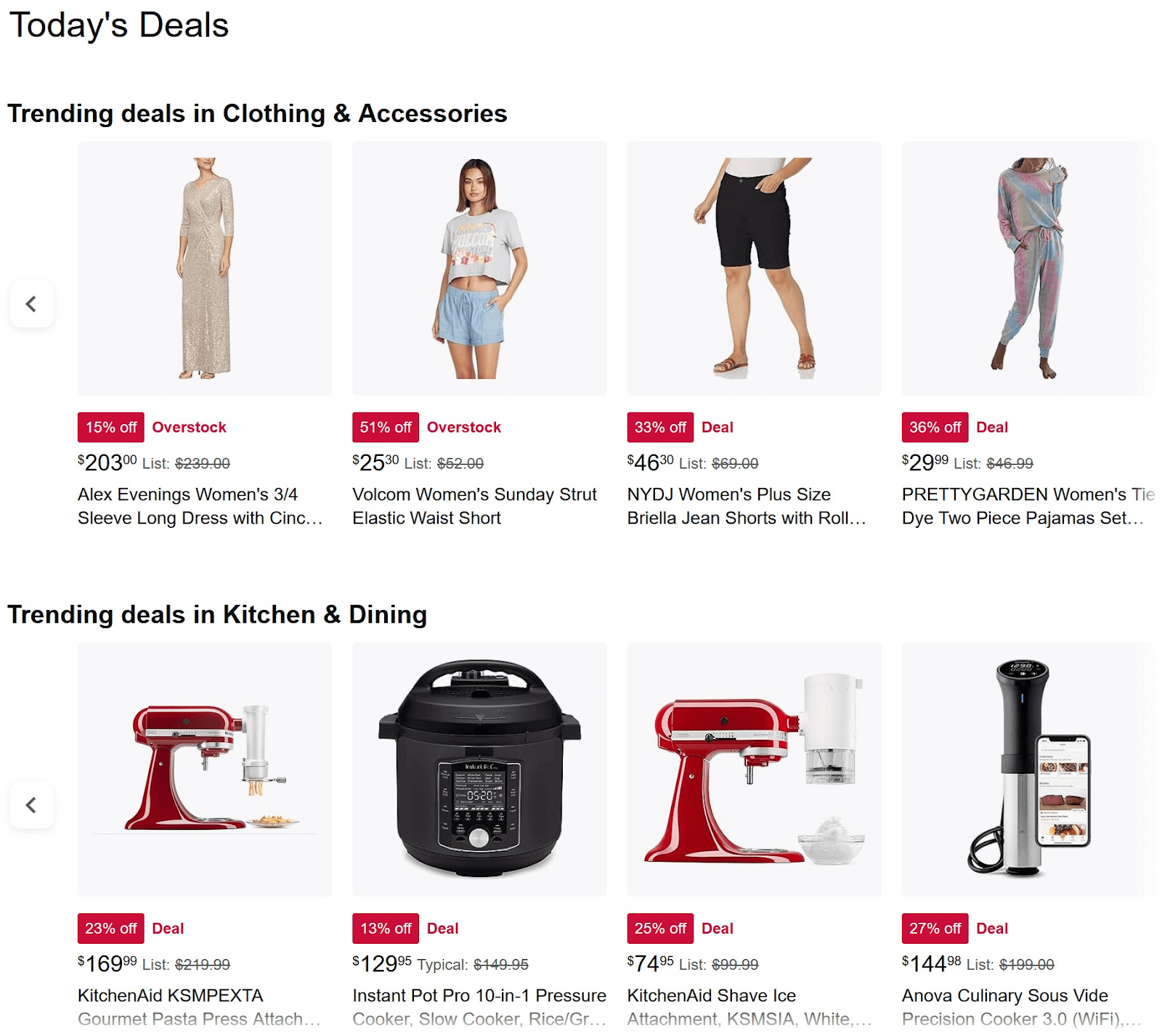
Personalization like this improves the quality of their experience. Which could mean spending more time on your website or interacting with your content.
Drives Business Results
Messaging that’s tailored specifically to customers is more likely to resonate with them. Increasing the chances of them converting and even making a purchase.
Research shows that 76% of consumers are more likely to make a purchase if your messaging is personalized.
Imagine a visitor browses your site but leaves without buying.
Serving them ads of the products they viewed can jog their memory and bring them back to make a purchase.
Here’s an example of a retargeting ad on Instagram from Exetwear.
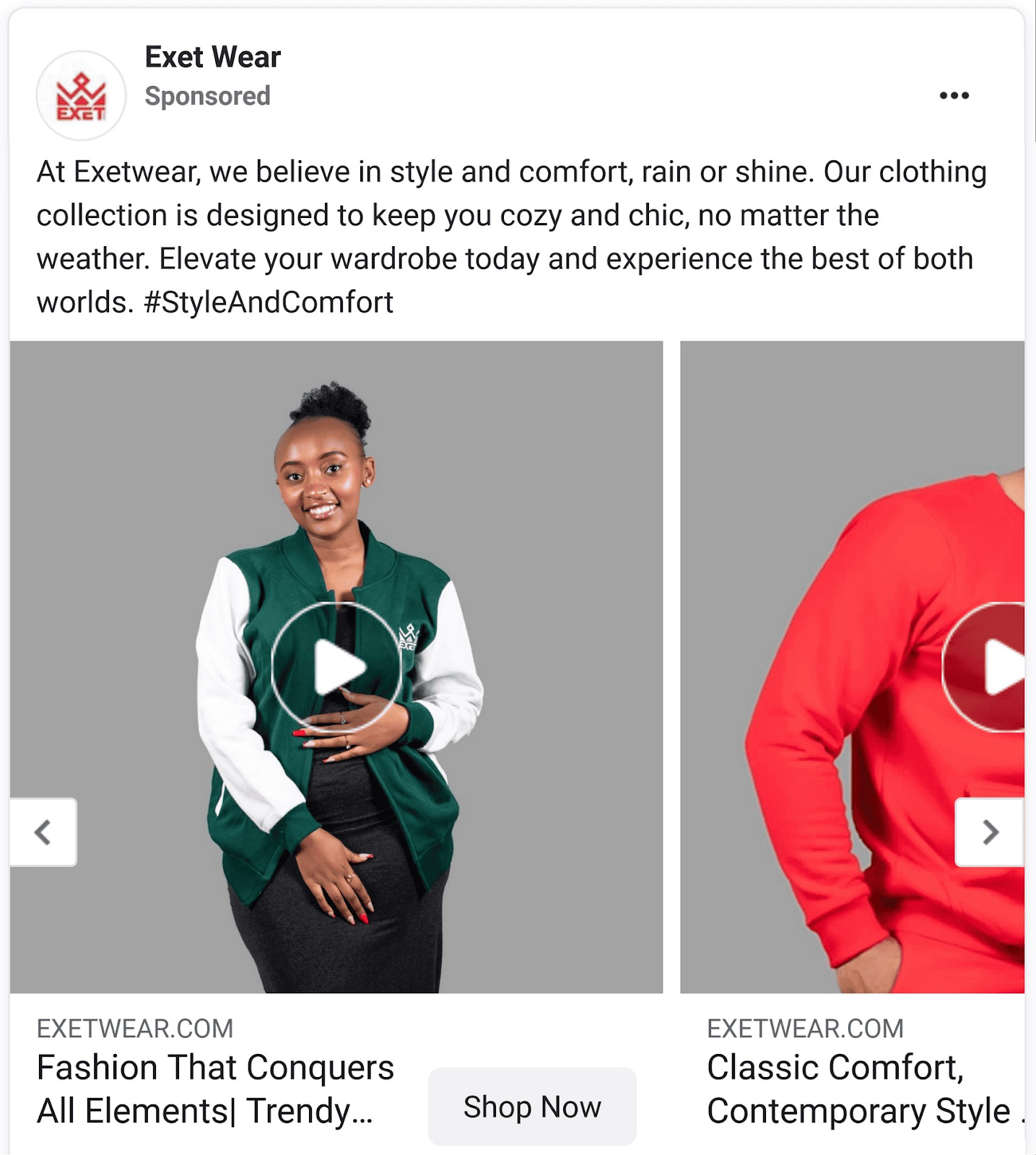
Builds Customer Loyalty
Consistently providing prospects and customers with personalized content shows them they can trust your brand. Making them more likely to become loyal customers.
Why?
Because customers prefer sticking with a brand they trust rather than exploring new (and potentially risky) options.
Here’s an example of a personalized email from Bolt Food designed to build customer loyalty:

This email uses a simple kind of personalization: including the recipient’s first name in the message. This type of personalization makes them feel valued and can increase their affinity for the brand.
Loyal customers can also become brand advocates. And willingly recommend your products or services to others.
5 Types of Personalized Content
There are many content personalization examples. Here are some of the most common:
1. GPS-Based Apps
Apps that use GPS may consider the user’s location to deliver content specific to where they’re located.
For instance, if a user searches “coffee shops near me” in Google Maps, the app will give them suggestions based on their current location.

It’s also possible to use personalized data to notify customers of a sale based on their current location.
For instance, let’s say a retail chain has a sale in its Miami store. If the brand has a widely used app, they can use a type of location-based advertising to notify customers in the Miami area about the sale. To entice nearby customers to visit the store.
But this level of personalization is quite technical and mainly used by large companies. Because it requires big marketing budgets and experienced development teams.
2. Interactive Content
Interactive content can help you gather information about individuals that you then use to create tailored experiences.
For instance, a brand can use quizzes to get information about customers’ preferences. And then use that data to provide personalized product recommendations.
Beauty brand Jones Road does this well. It asks questions related to the user’s skin type, tone, and general concerns.
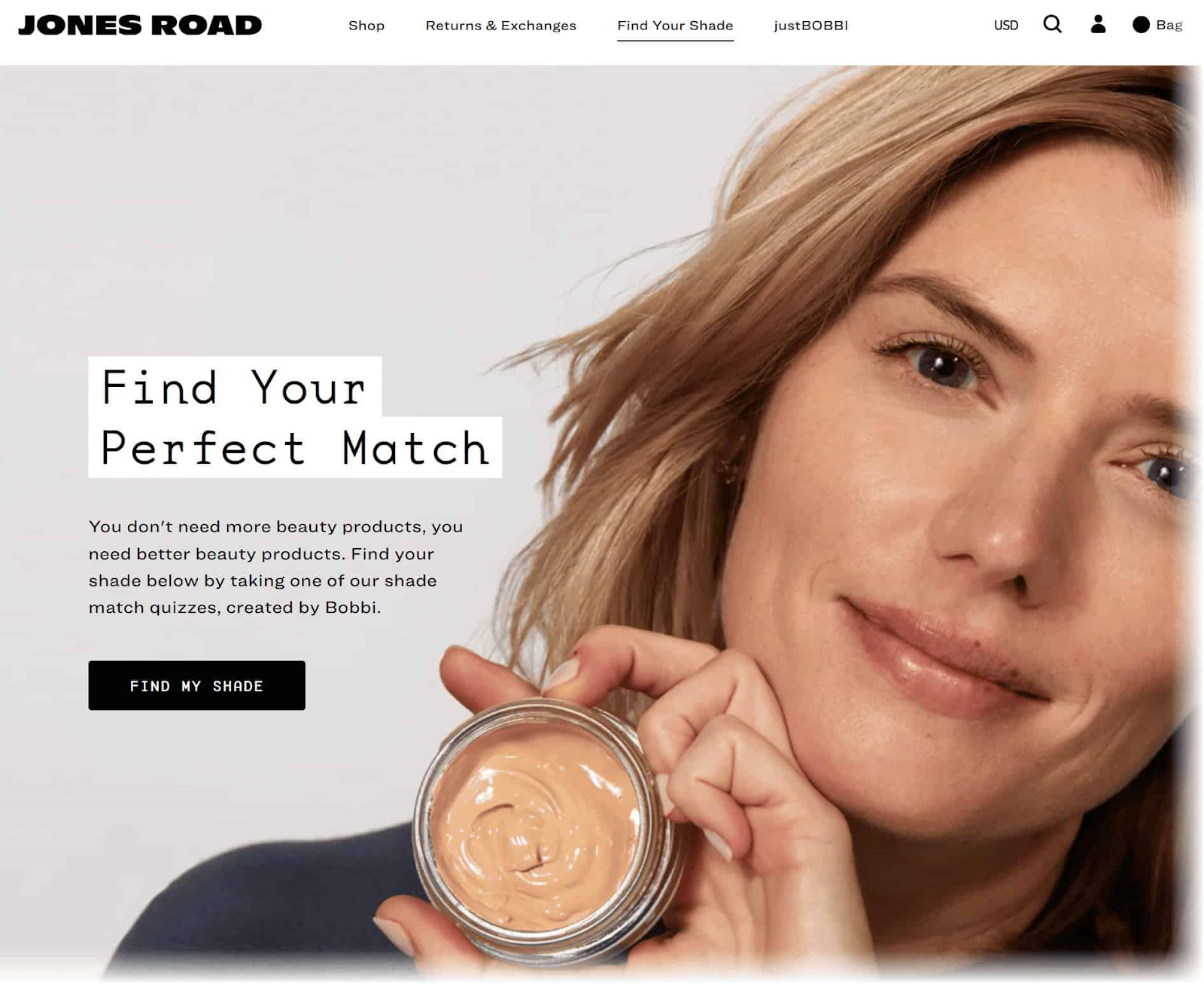
And then uses this information to send them personalized makeup recommendations.
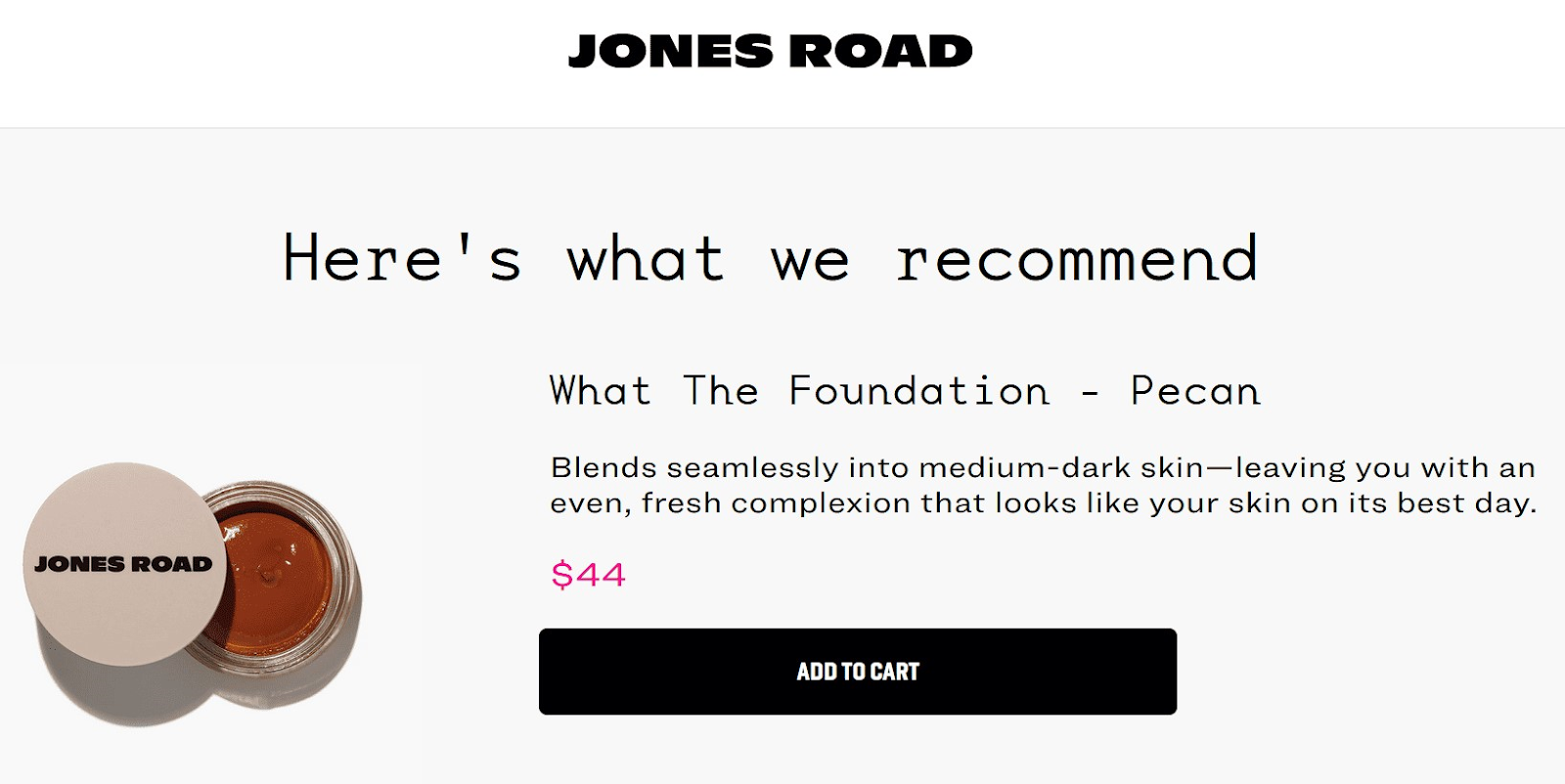
Other types of interactive content that use personalization include polls, surveys, and calculators that similarly collect information about users. And it can then be used to deliver personalized content.
3. Landing Pages and Other Important Webpages
Landing pages, homepages, and other high-value pages are some of the main places where potential customers interact with your site. So, they’re great candidates for providing a personalized experience.
Take a look at how Skratch Labs personalizes their rewards center for users who log in.

And indicates which products users are eligible to redeem (the ones with the clickable “Redeem Now” button outlined in green) based on how many points they have.
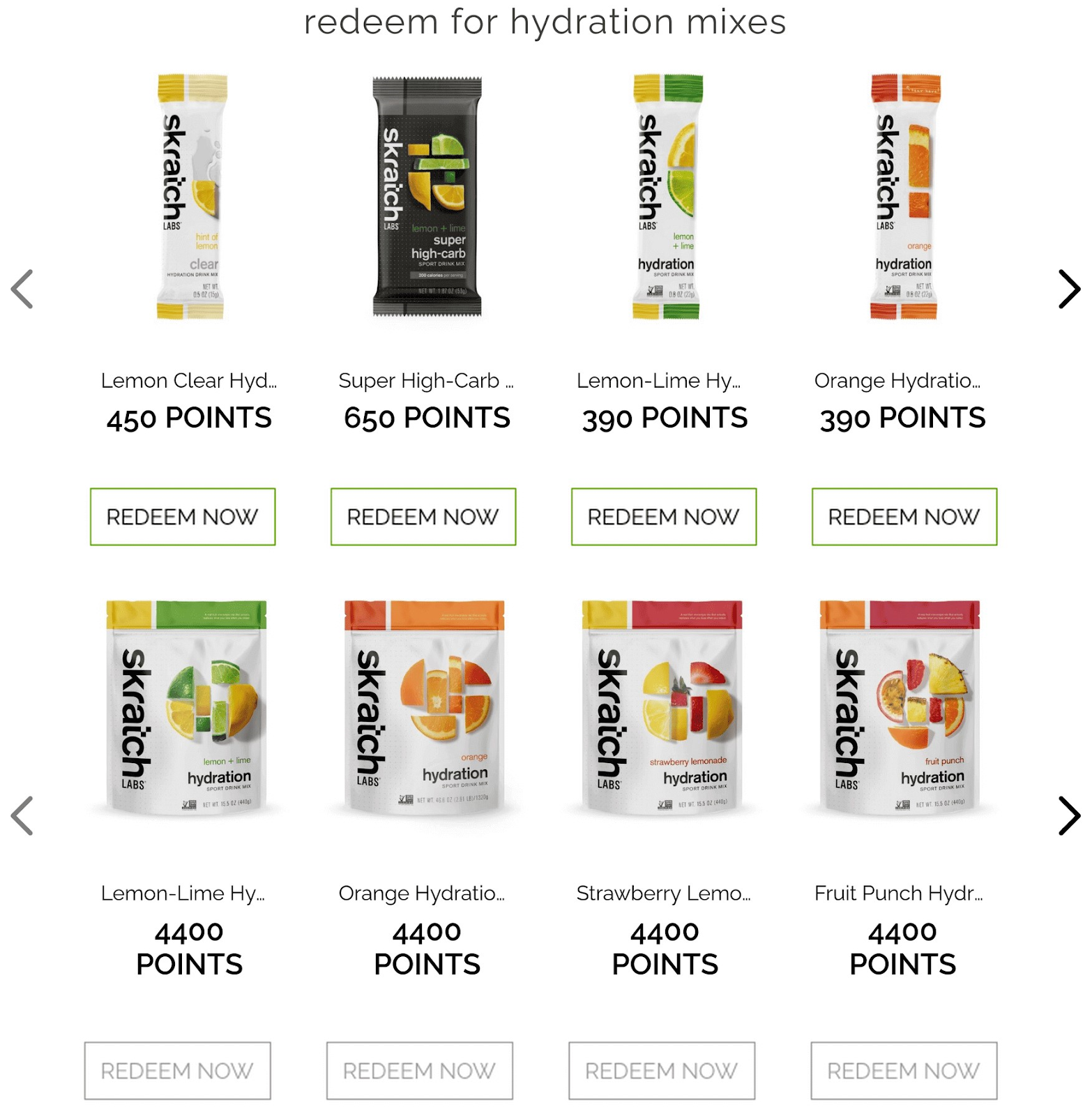
4. Emails
Personalized emails allow you to speak directly to the recipients right in their inboxes.
While sending tailored emails to so many prospects and customers might sound intimidating, it’s quite easy using automation features available on most email marketing platforms.
Emails can be triggered based on user behaviors, such as recent purchases, browsing history, or cart abandonment.
For example, see this personalized email from Harry & David:
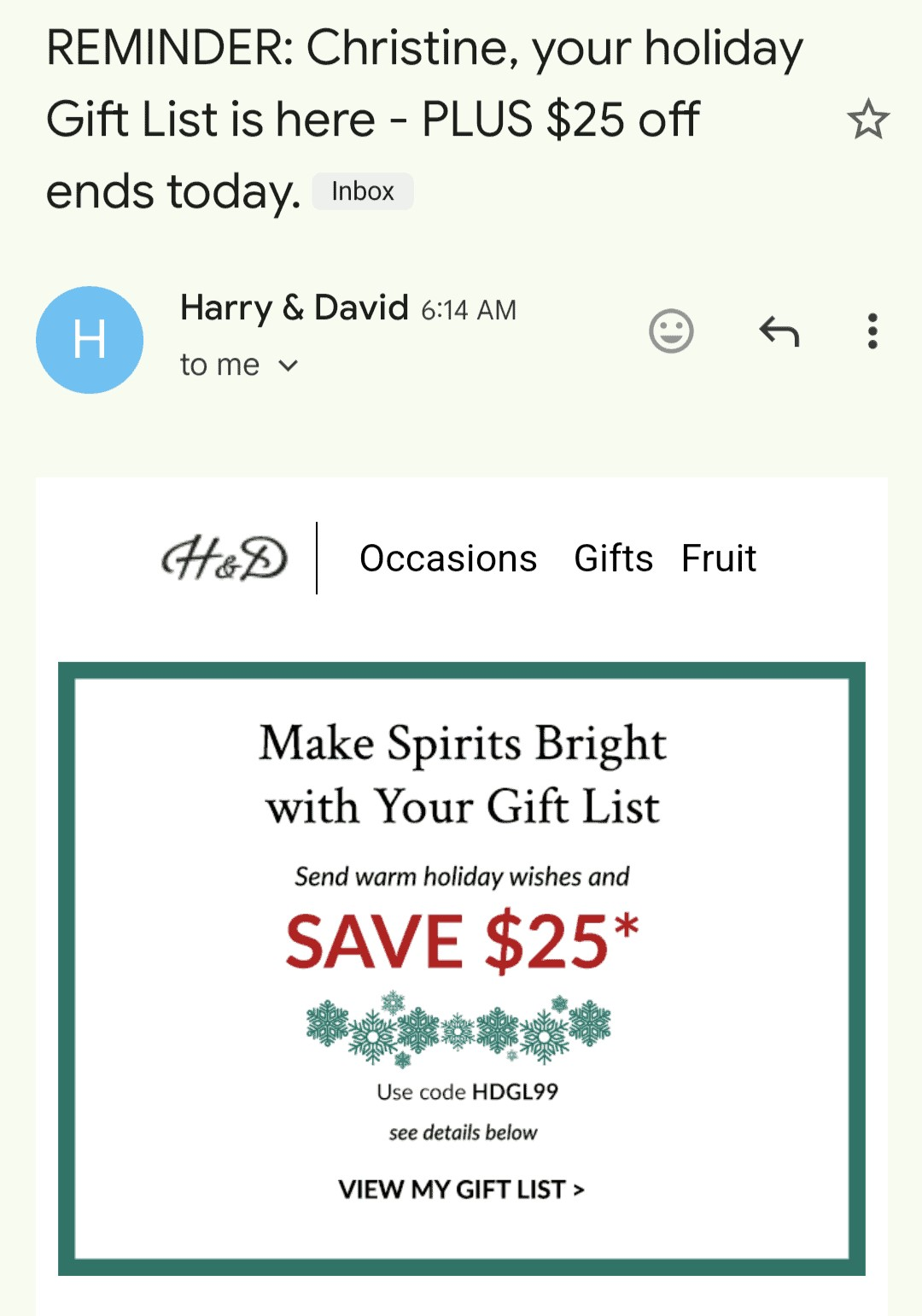
It includes the recipient’s name in the subject line and even entices them with a $25 discount.
5. Retargeting Ads
Retargeting ads aim to re-engage customers who’ve previously shown interest in your brand. And can vary based on what the user has looked at or interacted with.
For example, if a user looks at a car model on a website, they might later see ads for similar models on social media.

Reminding the user of the product they searched for might move them closer to making a purchase.
How to Achieve Content Personalization
You need a strategic approach to create personalized content that offers a unique experience to every potential customer.
Here’s a step-by-step guide:
1. Collect and Analyze Audience Data
You need to gather data before you can use it to personalize your content. And that includes data about both your current customers and your prospective customers.
To learn more about your current customers, you can send post-purchase surveys to ask about their preferences.
You can also use Google Analytics 4 (GA4) to uncover information about your current website visitors. Like their city, language, age, interests, and more.

What about prospective customers?
Try capturing information (including their names, job titles, etc.) through lead forms on gated content. Or asking people to subscribe to your mailing list.
And use Semrush’s One2Target to learn more about your market’s audience. To get ideas for data points you can leverage for content personalization.
Open the tool, enter up to five competitors’ domains, and click “Analyze.”
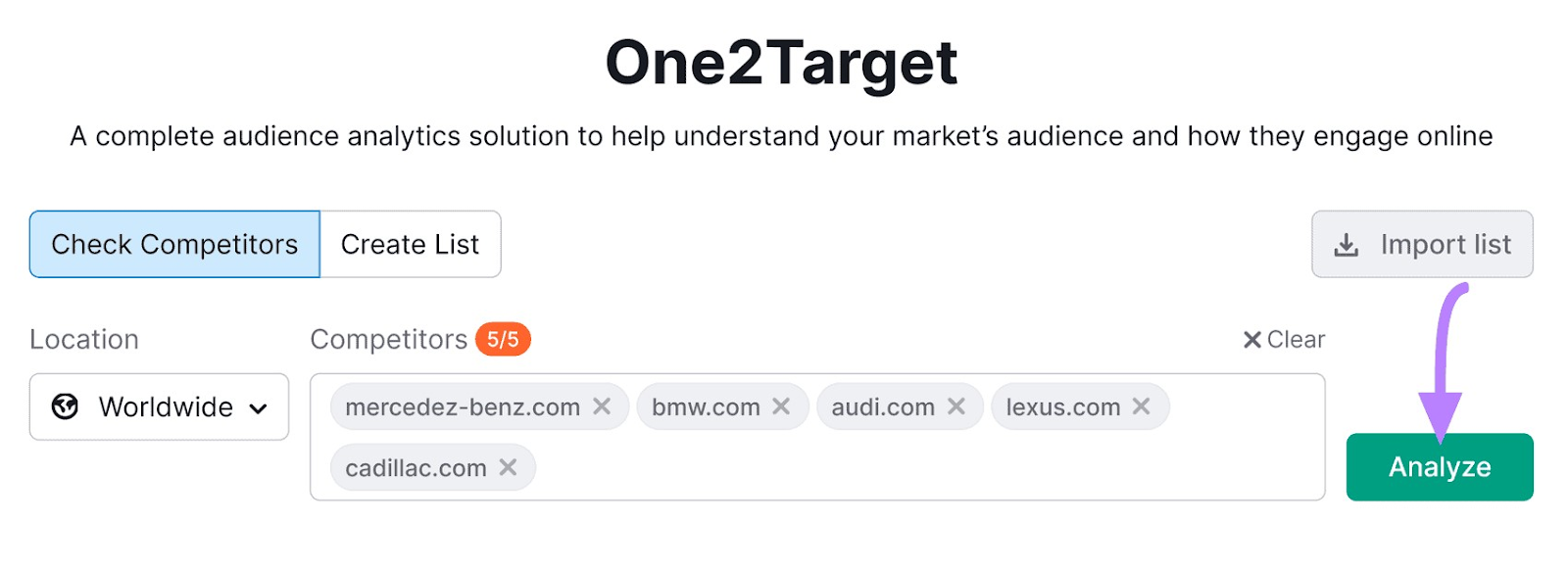
You’ll first see the “Demographics” report. Which provides an overview of information about the audience’s age, country, and more.

Go to the “Socioeconomics” tab to see information like the audience’s employment status and educational level.

Next, visit the “Behavior” tab. To see more about the audience’s social media preferences and interests.

Make note of the audience’s most-visited social platforms. Because that can help you uncover promising opportunities for formats and channels to focus on.
For example, let’s say the audience shows a strong preference for Facebook. Retargeting ads on that platform may be a good choice.
2. Identify Highly Specific Audience Segments to Target
Use the data you collected in the previous step to pinpoint specific audience segments to target.
One way to do that is to develop multiple buyer personas that vividly capture the unique characteristics of each distinct segment. This might include information on age, gender, location, interests, purchase history, and more.
But you can also create incredibly personalized experiences based on single data points. Such as the user’s location, name, or the specific products they looked at or bought.
For example, take a look at this email from Google targeted to people who have previously purchased a Pixel device.
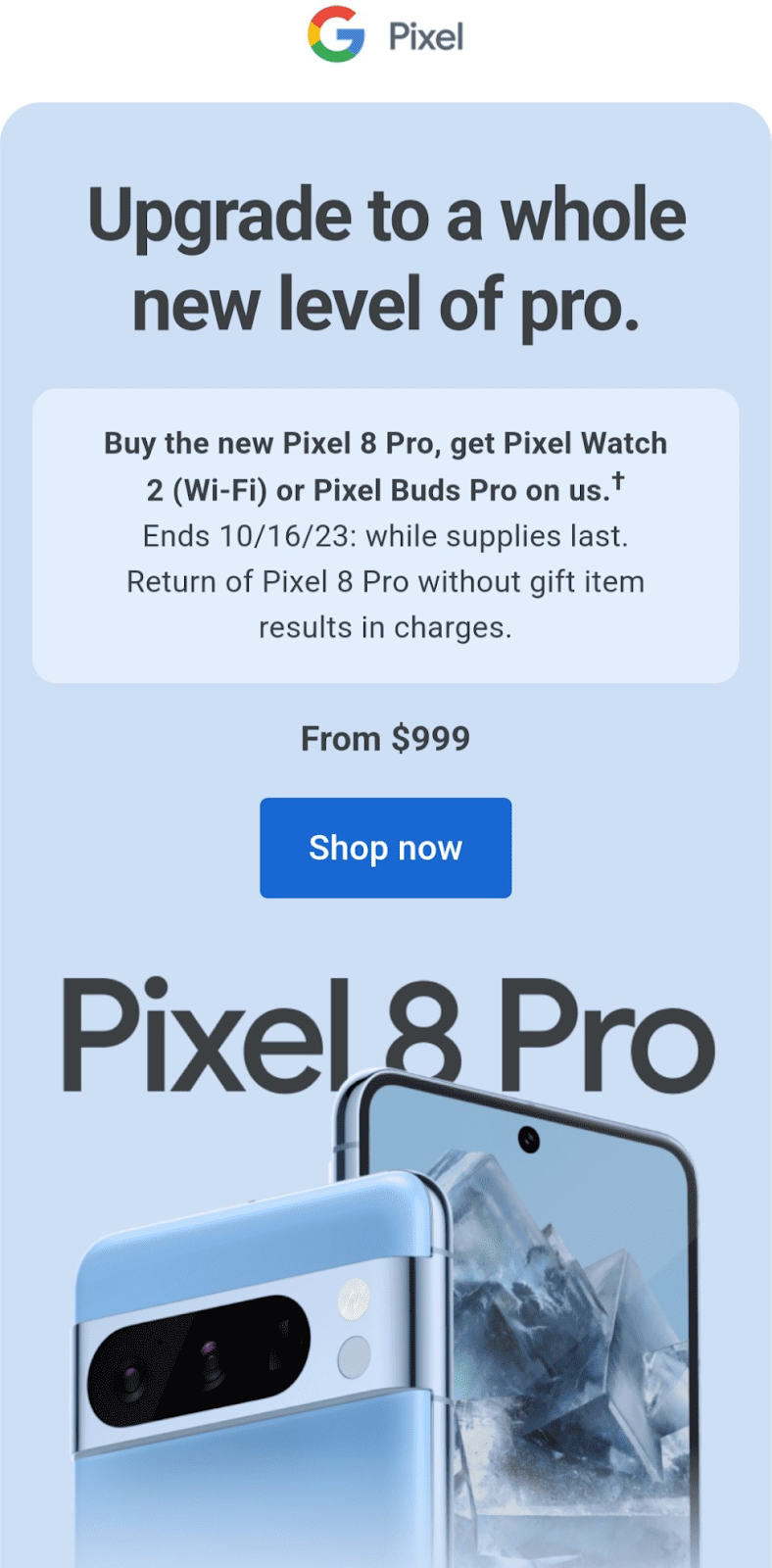
Once you’ve identified some promising segments, select one that aligns with your goals and has the potential to be impactful to focus on for the next step.
3. Determine Your Format
Next, choose a format and/or channel that will allow you to effectively reach the specific audience based on the data you’re focusing on.
For example, let’s say you realized that a huge portion of your audience is in Miami and heavily uses Instagram.
You could then create ads with messaging specific to prospects living in Miami via Instagram. And also tailor the messaging to local interests.
And keep in mind that different content formats may require different data points for effective personalization. Here are a few ideas:
- Consider using data related to age, location, and interests if you’re creating organic social posts for different audiences
- Personalize email content using previous purchase history, browsing behavior, and demographics
- Use data points like location, interests, and previous interactions with your brand for paid advertising campaigns
4. Create Content
Now, it’s time to create personalized content that speaks directly to your audience segment or segments.
The type of content you create will depend on your audience segment, your format, and the channel.
Let’s say you’re a clothing brand and want to target a segment of fashion-conscious millennials in Miami who are interested in eco-friendly fashion choices.
You could use eye-catching Instagram posts and stories to showcase eco-friendly products that are suitable for the weather in Miami. And even incorporate famous landmarks throughout the city in the photos.
And ensure that the messaging speaks to your commitment to sustainability and knowledge of the area. Which you could do by talking about the environmentally friendly fabrics you use and how they work well for hot weather.
5. Evaluate and Improve
Constantly monitoring your personalized content’s performance will let you know what’s effective and what’s not. So you can adjust as needed.
The tools you use to measure content performance will depend on the content format you’ve chosen.
For example, let’s say you created a personalized webpage that shows a different hero image depending on the user’s location.
You can use On Page SEO Checker to identify opportunities to improve that page’s content.
Open the tool, enter your URL in the search bar, and click “Get Ideas.”

Then, follow the On Page SEO Checker configuration guide to set up your project. Make sure you specifically include the webpage you want to evaluate.
Once it’s ready, you’ll be taken to the “Overview” report. Where you can get a high-level look at all the ways you can improve your content.

Next, go to the “Optimization Ideas” tab. Search for the specific webpage URL using the search bar, and then click the button in the “All Ideas” column.

You’ll now be able to see a detailed view of all the ways you can improve this page.
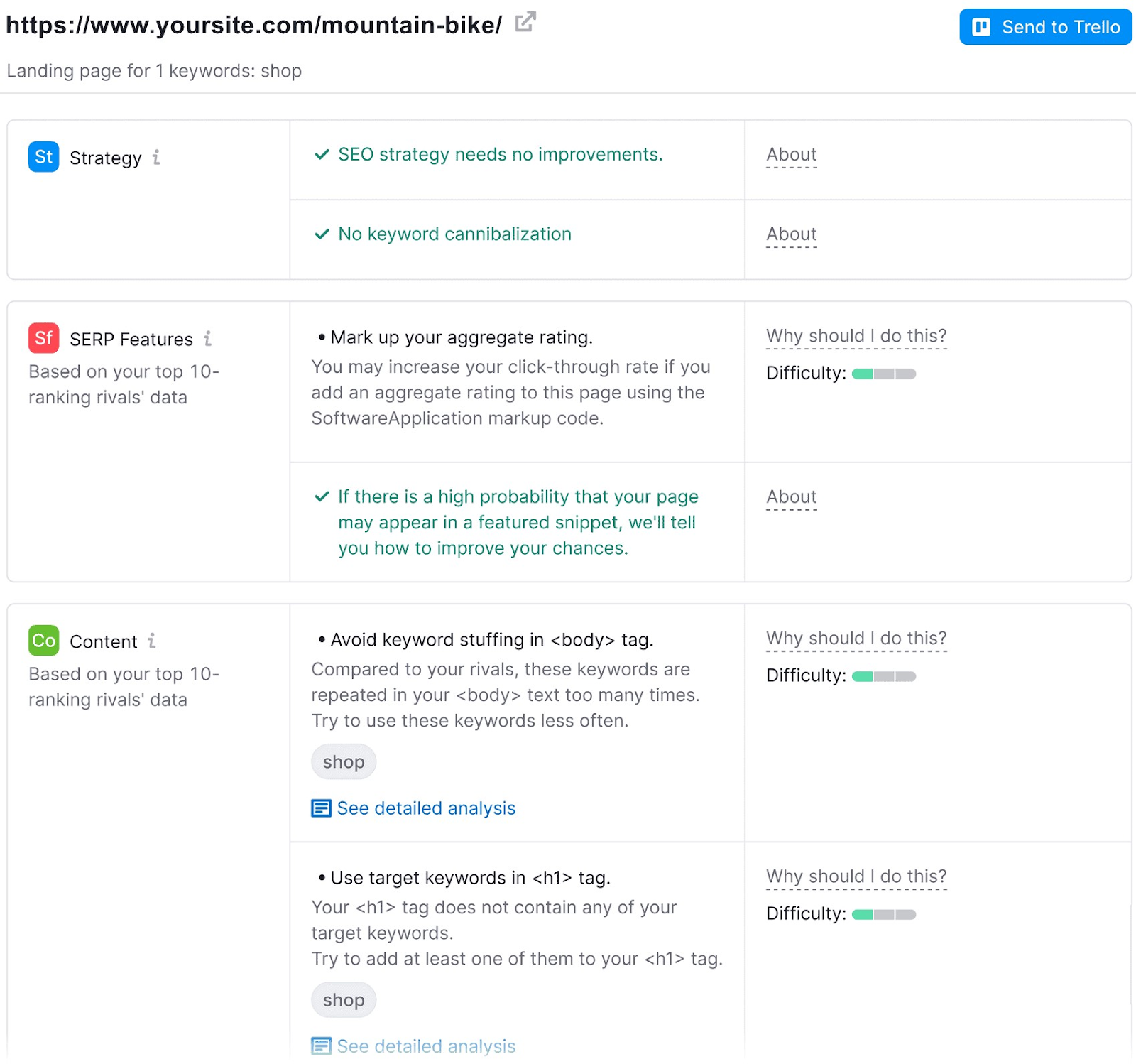
Take a Personalized Approach
Content personalization is the key to connecting with specific audiences.
And now you know what steps to take to create personalized content that speaks directly to each of your audience segments.
If you’re ready to get started, try learning more about your target audience with our One2Target tool.
